Eels are at their plumpest and prettiest from May to September every year. More than 80 percent of Taiwan’s eel is exported to Japan. Even though Japan survived the earthquake and tsunami that ravaged the country’s east coast on March 11, their demand for eel has not diminished, which is causing eel prices in Taiwan to soar. Eel is currently traded at more than NT$900 per kilogram, breaking a half-century record. Local businesses have already stealthily raised the price of unadon, a popular dish of grilled eel over a bed of rice, by NT$40 to NT$70 per portion.
An official at the Fisheries Agency said that climate change has caused the number of natural elvers to decrease, leaving production this year at a mere 2,000 tons, barely half of last year’s production of 4,000 to 5,000 tons. Summer is a time when Japanese consume the most eel, which is believed to be a health supplement, thus, export quantity also influences local prices. A gift box containing four eels is currently sold at around NT$1,000 per box, a NT$200 to NT$300 increase from previous prices.
One kilogram, or about four to six eels, is sold at as much as NT$920. However, the eel market is still proving profitable even though supply is unable to meet demand. The president of an eel cooperative in Yunlin County said the price per kilogram used to be under NT$700, but is expected to rise beyond NT$1,000 by the end of May, which means consumers will have to shovel out more money if they still wish to enjoy fresh eel.
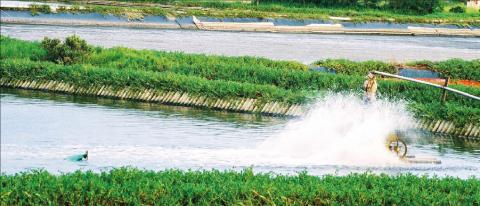
Photo: Liao Shu-ling, Liberty Times
照片:自由時報記者廖淑玲
One owner of a Japanese restaurant said she usually launches a special eel-based menu every year in June, but that she has yet to settle on her prices this year because she must refer to June eel prices to make her final decision. If one kilogram of eel exceeds NT$1,000, she will have to compromise with a price hike. The owner of an unadon restaurant in Greater Taichung said he already adjusted his prices on May 1 as a reaction to the cost of eel. Small portions were raised from NT$140 to NT$180 while big portions are now sold for NT$350, originally only NT$280.
However, some business owners are choosing to limit the quantity of eel they serve instead of raising prices. One restaurant in Taipei is planning to reduce the amount of eel served in each portion so that every customer will still get a chance to enjoy their eel. They will also encourage customers to order other dishes to reduce the consumption of eel in their shop. On the other hand, a restaurant in Kaohsiung has opted to reduce the portions of unadon, the most popular dish they offer, to only 50 per day. The owner said if prices keep soaring he will be forced to raise his prices as well.
(LIBERTY TIMES, TRANSALTED BY TAIJING WU)
每年五月至九月是鰻魚最肥美的季節,八成以上的台灣鰻魚都外銷日本。即使日本遭強震蹂躪,對鰻魚需求仍未縮減,造成台灣鰻魚價格飆漲。目前每公斤漲破九百元,打破銷日五十年來的紀錄。坊間業者有人已將鰻魚飯價格悄悄調漲了四十元至七十元。
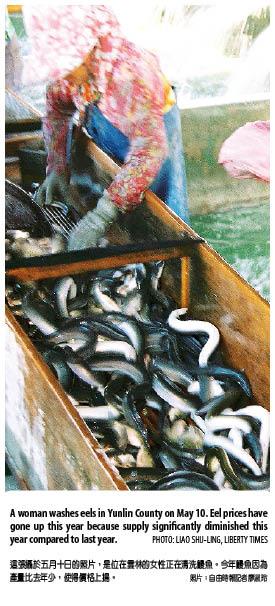
Photo: Liao Shu-ling, Liberty Times
照片:自由時報記者廖淑玲
漁業署官員表示,由於受到天候影響,天然鰻苗減少,導致今年的鰻魚產量目前僅剩下二千公噸。去年此時約有四、五千公噸,等於少了一半。夏季正是日本以鰻魚夏季進補的季節,外銷量也會影響國內市場的價量。現在一盒四尾的蒲燒鰻禮盒已從七、八百元飆升到一千元。
雲林口湖地區目前四至六尾一公斤重的鰻價高達九百二十元,但因供不應求,後市依然有利潤,雲林縣的一個鰻魚合作社主席表示,以前每公斤平均交易價格都在七百元以下,今預估五月底可能衝破千元大關,消費者想吃到新鮮的鰻魚,恐怕得多掏荷包。
一家日本料理老闆娘說,以往每年六月都會推出限定的鰻魚料理,今年賣價卻遲遲未訂,得視六月的鰻魚進貨價決定,如果每公斤漲破千元,就得調漲價格了。台中鰻魚飯名店老闆表示,則已反映成本,從五月一日鰻魚飯調漲價格,小份從一百四十元漲至一百八十元,大份則是從二百八十元漲至三百五十元。
但也有業者不漲價,卻採限量供應的策略,如台北一家餐廳就以賣小份鰻魚飯讓來店的客人盡量都能吃得到,並盡量鼓勵饕客搭配其他料理,降低店裡的鰻魚使用量。高雄知名鰻魚飯店家則是採取減量供應的策略,以人氣鰻魚飯為例,每天限賣五十份,老闆表示,未來若進貨價格持續飆漲,也只能漲價因應。
(自由時報記者廖淑玲、鍾麗華、黃玉蓮、許麗娟、武純淳)
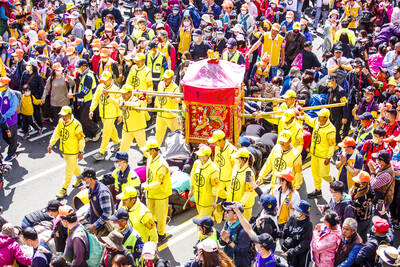
The Matsu pilgrimage is one of Taiwan’s most iconic annual religious events. This grand occasion is more than just a religious ceremony; it deeply reflects Taiwan’s history and culture. Originally, Matsu was the goddess of the sea, primarily responsible for protecting fishermen and ensuring their safe voyage. As immigrants brought Matsu worship to Taiwan, she gradually evolved into a deity overseeing health, business, and various aspects of life. In times of uncertainty, Matsu has become a vital source of spiritual comfort for the Taiwanese. The pilgrimage represents Matsu’s annual tour to inspect her domain, driving away evil and bringing
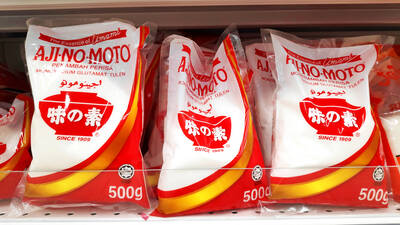
Monosodium glutamate (MSG) has been used in cooking for over a century to enhance flavor. It is often found in Chinese dishes and many other cuisines. Despite its common use, many people misunderstand the safety of MSG. The bad __1__ of MSG started in the late 1960s, when a letter to the New England Journal of Medicine described symptoms like a racing heart, weakness, and numbness after the writer ate Northern Chinese food. While no specific cause was __2__, a series of questionable studies in 1968 began to point the finger at MSG. In one such study, neurologist Herbert Schaumburg and
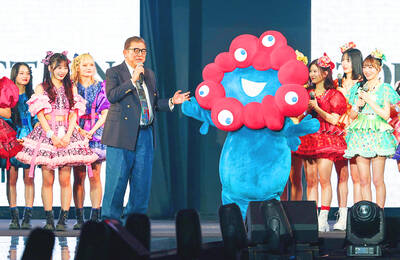
A: The World Expo 2025 is set to open in Osaka, Japan, on Sunday, with 158 countries and regions and nine international organizations participating in the event. B: Wow, what’s the theme this time? A: The theme is “Designing Future Society for Our Lives.” B: Do you want to go? How long will it last? A: It’ll run for 184 days, until Oct. 13. Maybe we can go to Osaka during summer vacation. A: 2025年世界博覽會預計週日將在日本大阪開幕,158個國家或地區及9大國際組織將參與盛會! B: 哇這次的主題是什麼? A: 主題是:「創造閃耀生命光輝的未來社會」。 B: 你想要去嗎?展出多久啊? A: 世博會共展出184天到10月13日,或許我們暑假時可以去大阪玩。 (By Eddy Chang, Taipei Times/台北時報張迪)
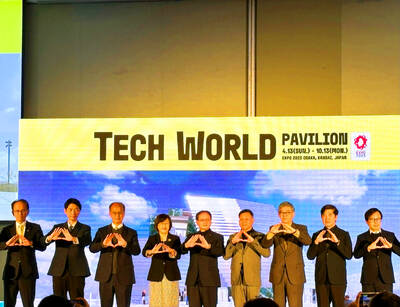
A: The World Expo 2025 is about to open in Osaka. Is Taiwan going to participate in the event too? B: Sure, the Taiwan External Trade Development Council (TAITRA) will launch a Taiwan pavilion named “Tech World.” A: That sounds cool, and it can showcase our national strength in technology. B: The theme is “Connecting the world to create better future lives together.” The pavilion aims to attract over one million visitors. A: I hope humans can really create better future lives through this year’s fair. A: 2025年世博會即將開幕,這次台灣也會參加嗎? B: 當然啦,外貿協會的台灣館將以「Tech World」名義參展! A: 聽起來蠻酷的,應該是想強調台灣的科技實力。 B: 策展主題則是:「連結世界,共創未來美好生活」,希望能吸引到100萬人次參訪。 A: 希望藉由這次世博會,人類真的能共創美好生活。 (By Eddy Chang, Taipei Times/台北時報張迪)